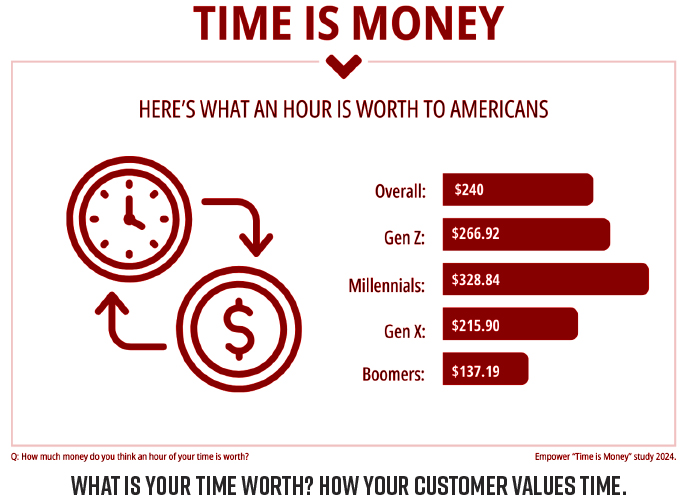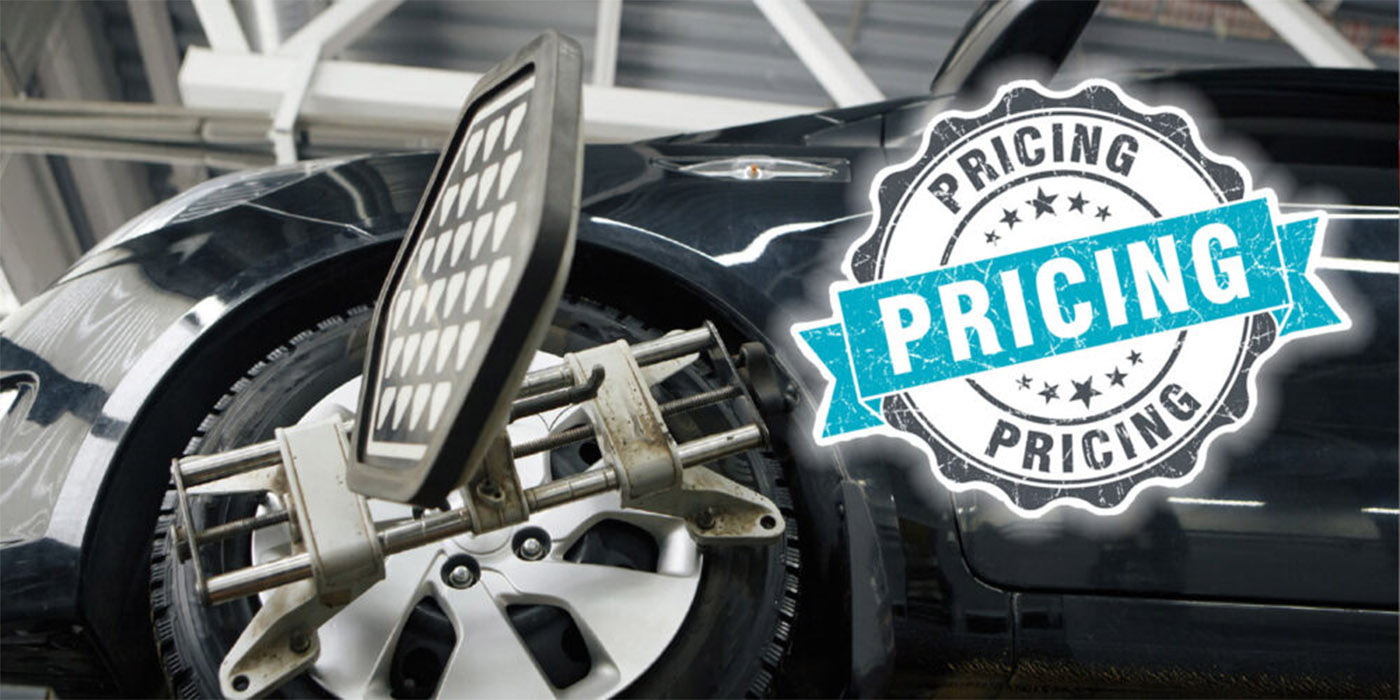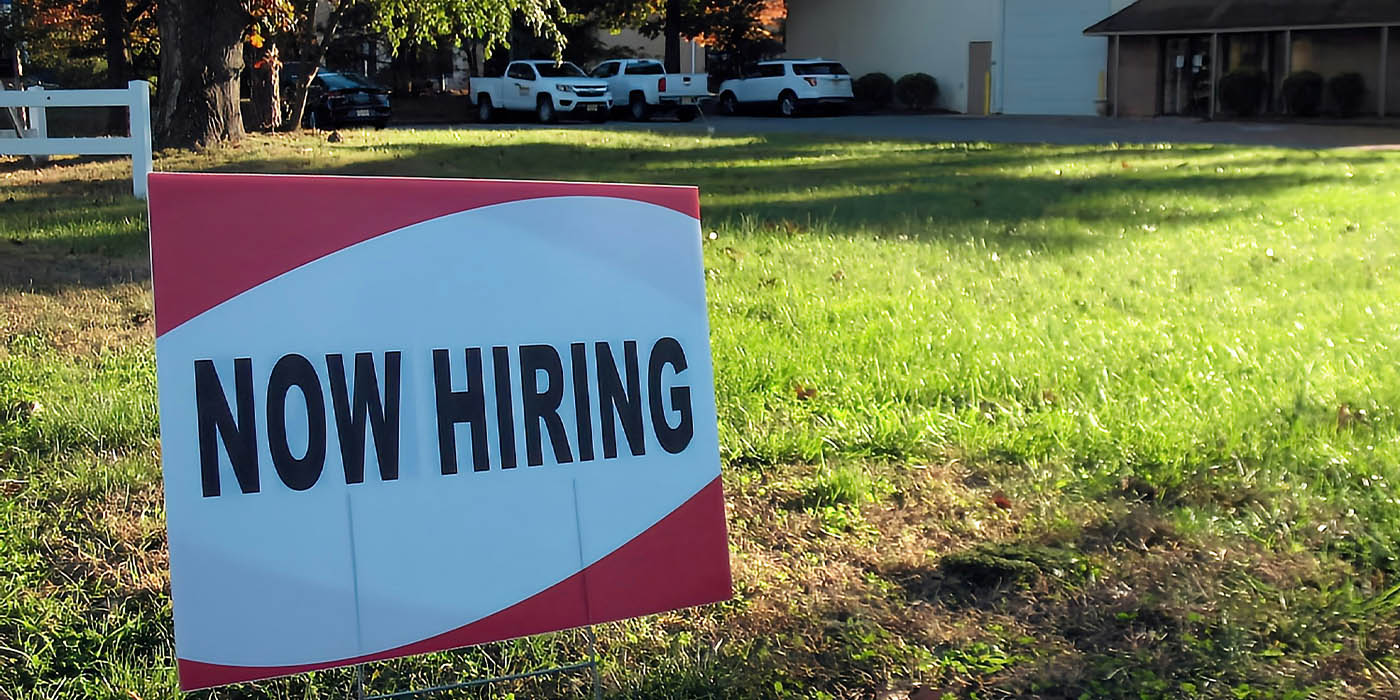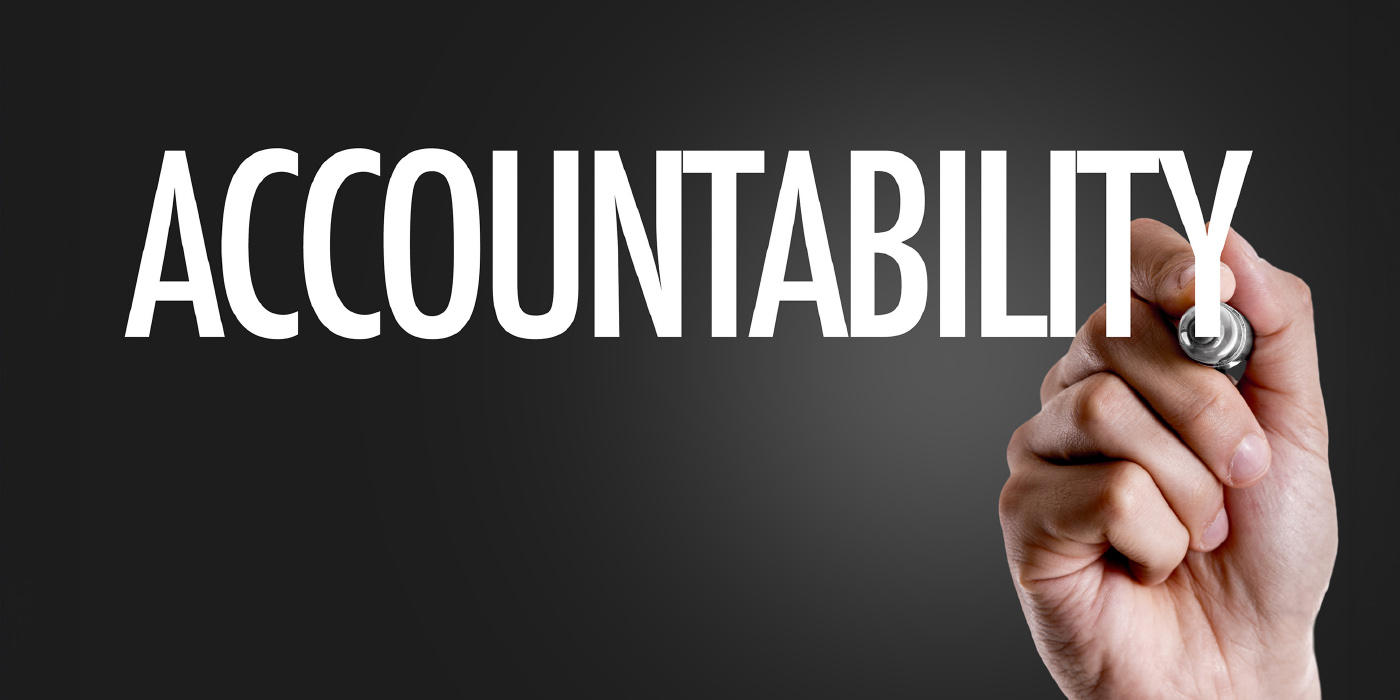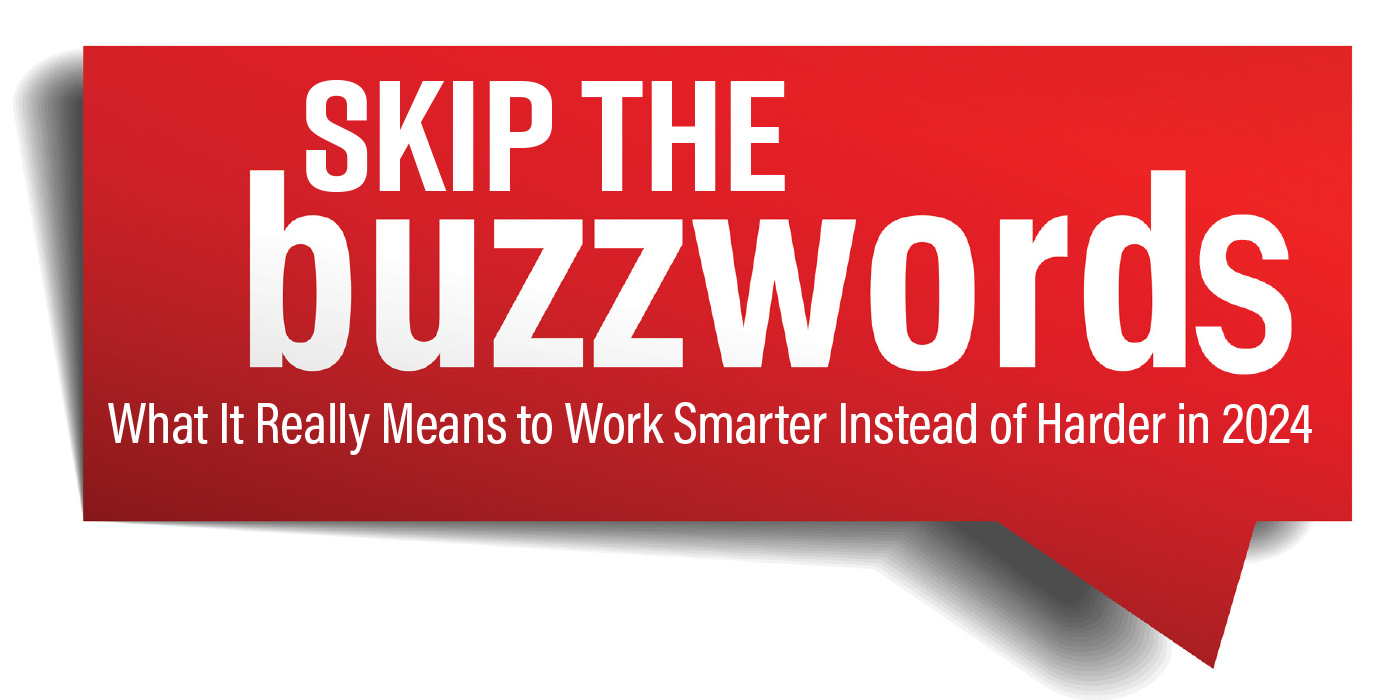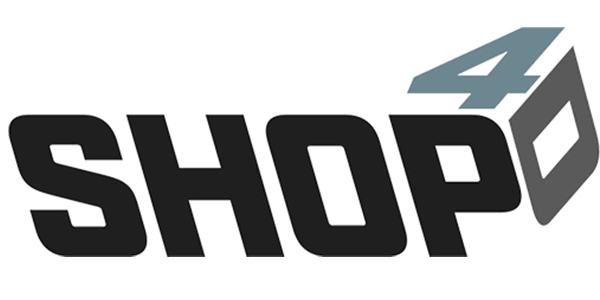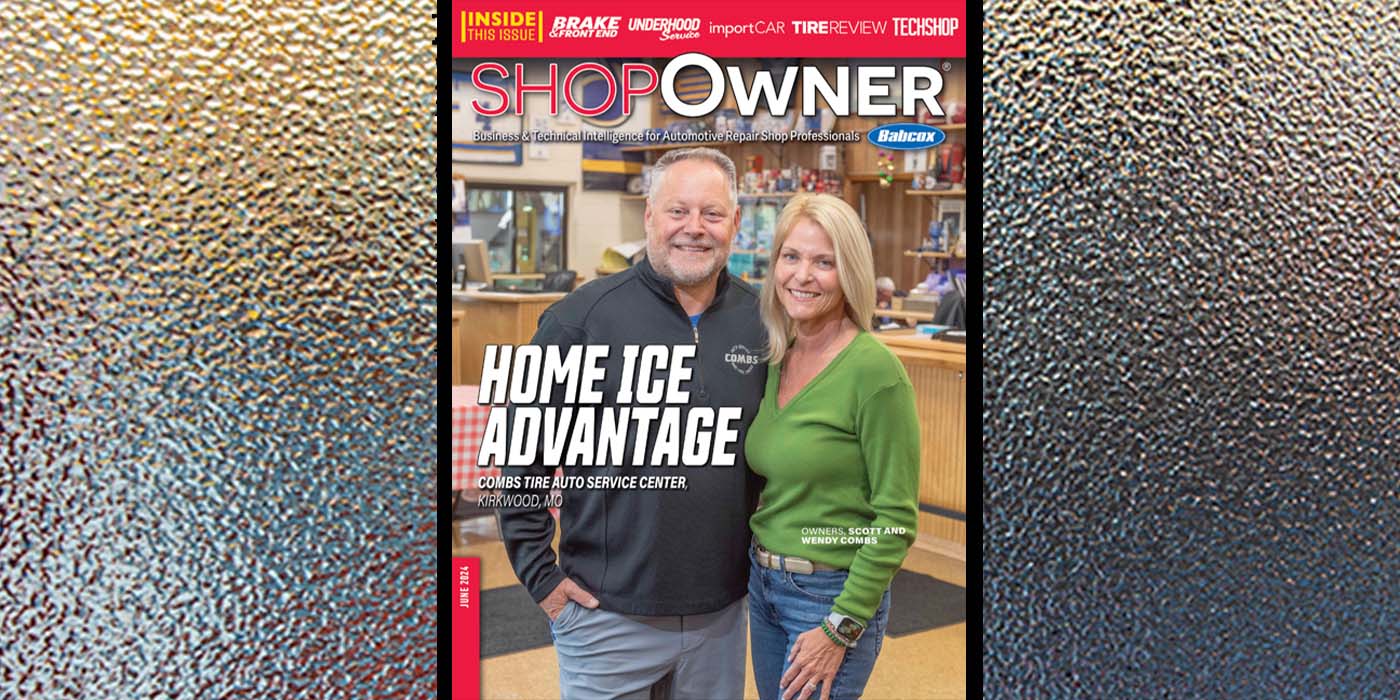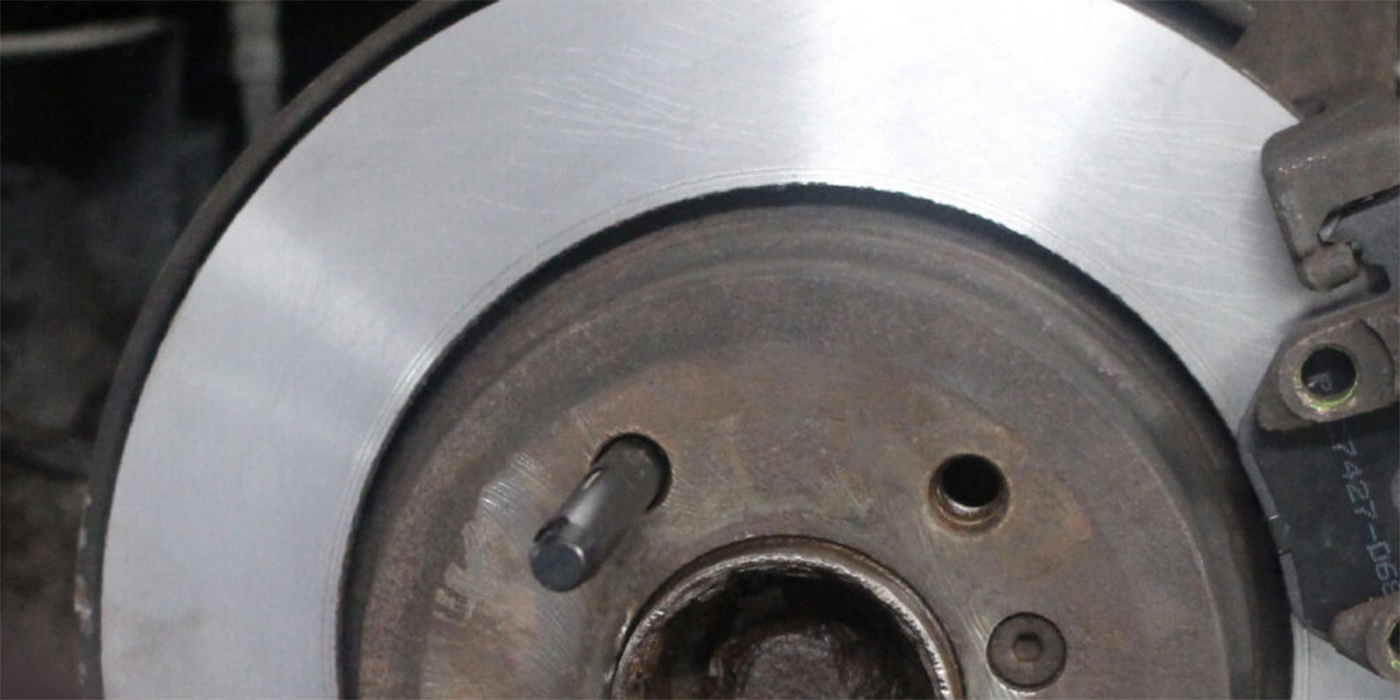Head to the grocery store and you’ll find a whole host of food categories, all with different expiration dates. Bread gets moldy, produce never lasts as long as it should and dairy products have super-short shelf lives. Canned foods, though – now they can go the distance.
Consider canned food the marathon runners of groceries. I remember that my family used to can our own food in the basement. Jars of tomatoes, homemade jelly, even peaches and pears would adorn the shelves in our basement pantry. Mom never threw anything away, thanks to the Great Depression leaving indelible marks on her frugality. One time when I was younger I was poking around the back of the shelves and found rations from WWII. I wonder if they were still fresh…
My point is this: everything – especially people – has an expiration date. Kicking the bucket, cashing in your chips or biting the dust are all in our familiar lexicon of phrases. Whether we want to think about it or not, we all know that one day the Reaper will show up. Just like milk, our expiration date can’t be ignored.
Fully accepting this concept will go a long way toward setting your shop’s business model to maximize your – and more importantly, your client’s – time.
Outside Validation
A recent study conducted by the financial planning firm Empower demonstrated just how much the public believes their time is worth to achieve a good life. Americans in pursuit of financial stability and looking ahead to retirement place a value of their own time at $240 per hour. This perceived value for one year in a 40-hour work week equals $499,200. That’s 8 times the national average US salary of $59,382. Millennials valued their time the highest at $500 per hour.
The study found that time is something Americans often value highly. More than a quarter of us say we would be willing to take a 15% pay cut to gain more free time. And, perhaps not surprisingly, 40% say we would pay more to make our lives easier and more convenient.
Essentially, the deal is: make my life easier and I will be willing to compensate the service provider. This, according to this study, means that Americans value their time at a rate that is significantly higher than labor rates at most shops in the US.
What I am proposing is an evaluation of your current labor pricing to ensure that your shop is competitive with other shops in your region. Having the right labor rate will ensure that you can pay at the top of your market which attracts the best talent. Additionally, it can help weed out clients who want only the lowest price and it ensures that your shop is and remains profitable over the long run.
Get Out Of Your Own Brain
Focus on your perspective, where your view starts or the glasses through which you look at life to determine your view on life and business. The view from a mountain top, airplane or skyscraper gives you a completely different outlook than from street level.
Look beyond your hourly rate and focus on value – REAL value, or as I like to call it, Fair Value. Fair Value helps you find that happy median between too cheap and too high. At your shop, the approach should be to determine what is fair for your business, your customers and you personally. Remember that your hourly rate is simply the basis for calculating the price of the job as a whole.
Is It Worth Less Because It Was Quick?
I recently had a conversation with a client who is in the shop occasionally to grab some additional revenue. We started discussing the position of the owner, particularly the roles he should be playing and the value of the talent that technical specialists have in the bays. Unfortunately, owners and service advisors with a background as technicians are more apt to undervalue the talent of their technical specialists for being able to complete the mechanical repairs on vehicles in the bays. Because servicing a vehicle comes so easy to talented technicians, they’re less apt to charge a fair value. The thought commonly (though incorrectly) is, “Why should we charge for the repair? It didn’t take much time.” In actuality what only took 5 minutes to repair took 30 years of education, ongoing training and experience to become “that good.”
If you as an owner don’t value that experience, your technicians, your service advisors and your customers won’t see the value in it either.
Set the tone for your team
A profitable shop owner is a happy shop owner and a happy shop owner has happy employees because the boss treats them well. When the boss treats the team well they take care of the customers, and when the customers are taken care of they’re happy. Happy customers buy more service and we all become more profitable. As an owner you will see more money in your bank account and your team, quite simply, will make more money as well.
It’s simple: if you set the tone that what you do has value, it will be conveyed to your clients through the words and actions of your service advisors. Your customers will be easier to deal with because they understand the importance of their vehicle and how it relates to their time. Remember that Americans on average value their time at $240 per hour.
Don’t Let Lower Shops Define Your Strategy
Be careful not to have a crab mentality. “Crab theory” is derived from claims that if you put one crab in a bucket he’ll climb on his own; put two crabs in the bucket and when the first one starts to climb out, the second one will pull him back in. In other words, don’t let your weakest competition drag you down. While it’s good to know what your competition’s charging, be careful not to let that define your charges for any particular job you sell at your shop.
Remember, if your shop is profitable, your rates will reflect a combination of your cost of goods sold and your expenses. What we found with our clients is this: as they set their charges based on fair value to ensure that their shop remains profitable, they begin to see the “value buyer” frequent their shop less. In fact, while one customer might walk out the door, another who is willing to listen to your recommendations and is a higher-paying customer is right behind him.
So watch out for crab mentality and make sure you’re the only crab in the bucket – that way you can set your own path to profitability.


